
The beautiful chestnut horses seem to dance around the show ring. They glisten in the sun; their showy blonde manes sweep from side to side and their impossibly long tails swish proudly as they high step in a fluid motion.
The unique Paso horses of Peru love to put on a show. And guests on a shore expedition from Seven Seas Explorer are highly appreciative as we sip pisco sours on a shady terrace at the Hacienda Mamacona, an oasis 25 miles southeast of Lima.
On the other side of the road it’s a different scene: a desert so dry that towering walls made of mud bricks have stood for nearly 2,000 years. It’s a day of stark contrasts and unforgettable sights on a fascinating shore excursion in Peru:
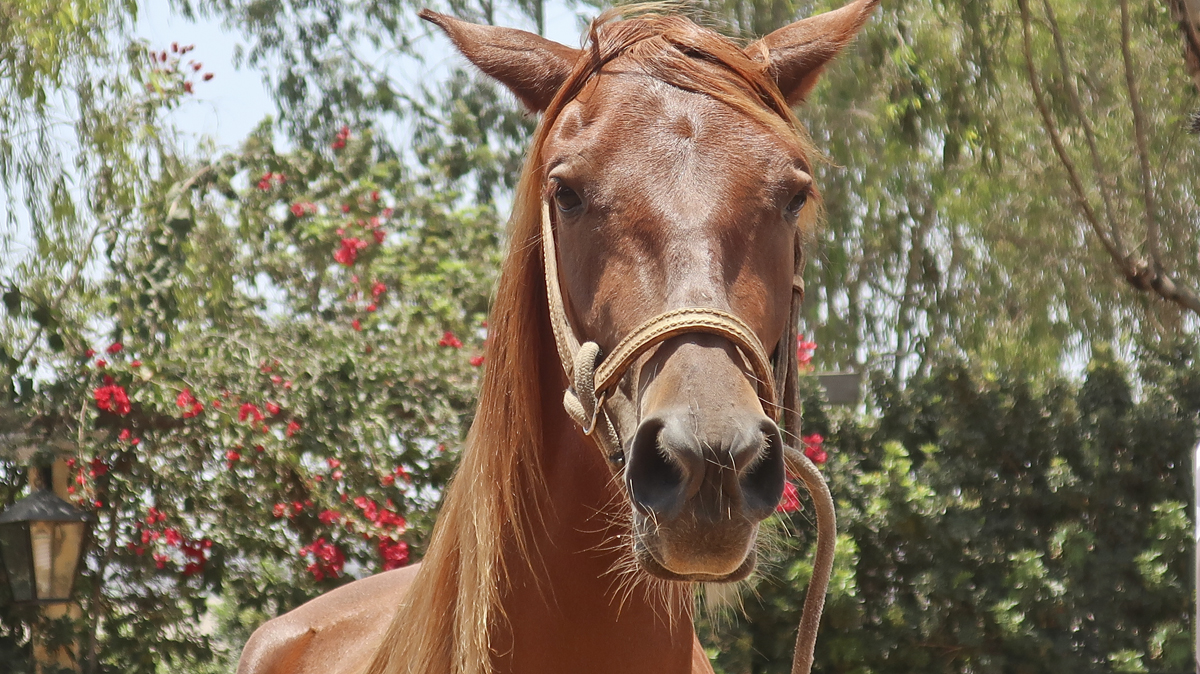
All the very pretty horses
The horse show and lunch at the Mamacona hacienda are only part of a day’s outing arranged by Regent Seven Seas Cruises and it’s just one of a dozen options guests can choose as we stop at Callao, the port for Lima.
The Peruvian Paso horse is a beautiful, elegant and graceful, medium-sized breed that’s known for its high spirit but easy handling. They’re direct descendents of horses brought from Spain 500 years ago.
A unique trait is that a Paso horse doesn’t trot, but has an inherited gait that’s unlike any other horse breed. All four legs move independently of each other in a dance-like high stepping motion that means their bodies have almost no up and down motion. That makes the Paso horses famous for being among the most comfortable and smoothest riding horses in the world. The show includes precision riding and even routines where the horses move gracefully around dancers on the ground.
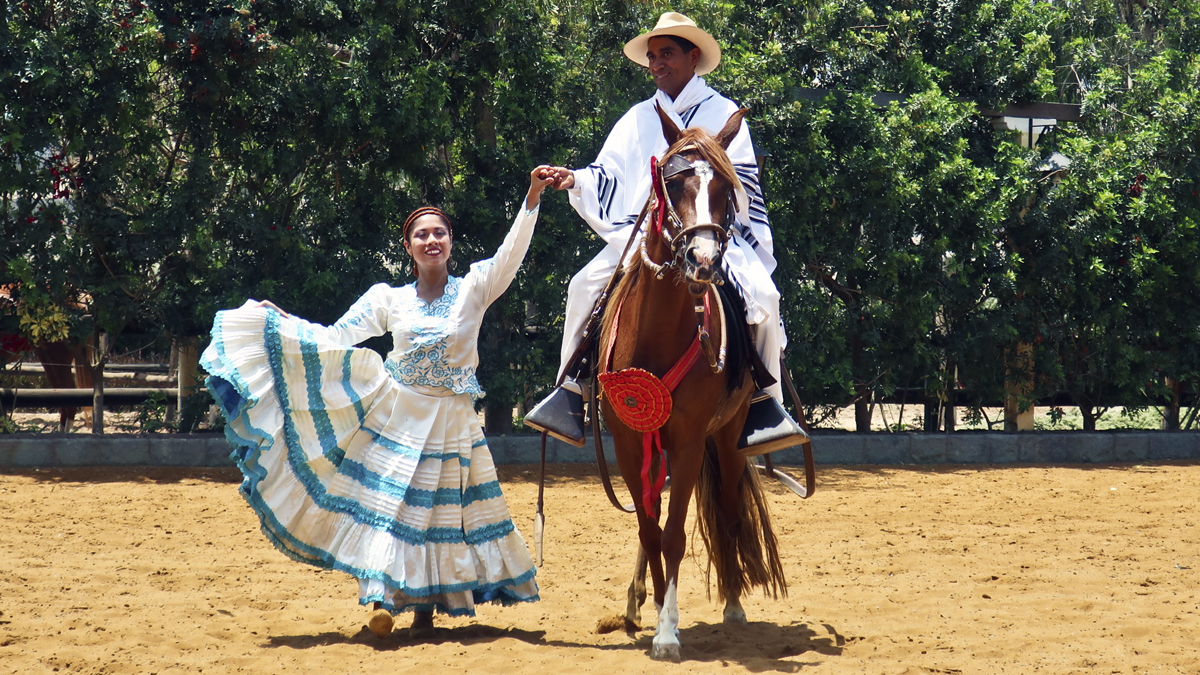
To demonstrate that the Peruvian horses are not trained in their unique gait, but are born with it, a chalane, as Paso horse riders are called, walks a gorgeous four-month old foal around the ring. Even at such a young age, these horses have the moves and they love the admiration of the audience.
Hacienda Mamacona is a forested stud farm and we get to tour the pens and pet the friendly, unique horses The Riso Patron family that owns the farm organizes the annual National Peruvian Paso Horse Competition, one of the two most important horse events in the country
A lavish lunch after the show includes a wide range of delicious Peruvian dishes, as well as the chance to sample hot sauce made from the indigenous red Moche peppers and Inca Kola, a soft drink that tastes like the flavor in bubble gum.
Several dishes are made with flavorful heirloom potatoes. A fact that French fry aficionados will applaud is that the coast of Peru is the ancestral source of all the varieties of potato that grow around the world today. Potatoes were first cultivated here more than 6,000 years ago and were only brought to Europe after the Spanish conquistadors took over Peru in the 1530s.
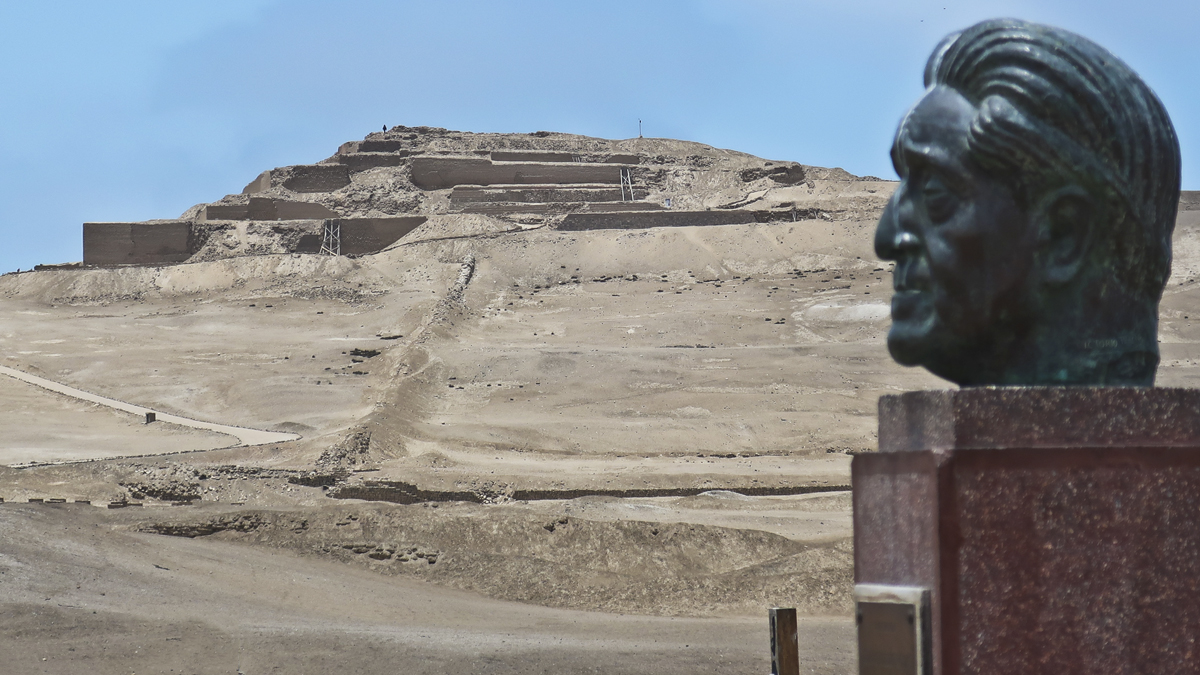
The valley of the Earth Maker
Across the road from the Hacienda, we visit the vast Pachacamac archeological site, a complex of multi-story adobe structures and temples that was a busy city for about 1,300 years until the Spaniards invaded. It’s named for the creator god Pacha Kamaq–the Earth Maker in the Chimu culture that predates the Incas. Today the structures peek out of a desert that stretches to the horizon and herders walk packs of llamas– Peru’s pre-horse era transport animal–across towering sand dunes.
Archeologists are still busy today digging a complex of mud-brick homes, temples and roadways out of the dunes that engulfed them after this site was abandoned around the the 1500s. One complex known as the Painted Temple is decorated with huge murals in yellow, red and black that are in the process of being restored.
The second section of the site includes several huge stepped buildings constructed of mud brick, connected with ramps and plazas that are only now being uncovered from the sand that’s buried them. Helping preserve the mud adobe is the fact that this area seldom gets more than a few hours of rain in a year.
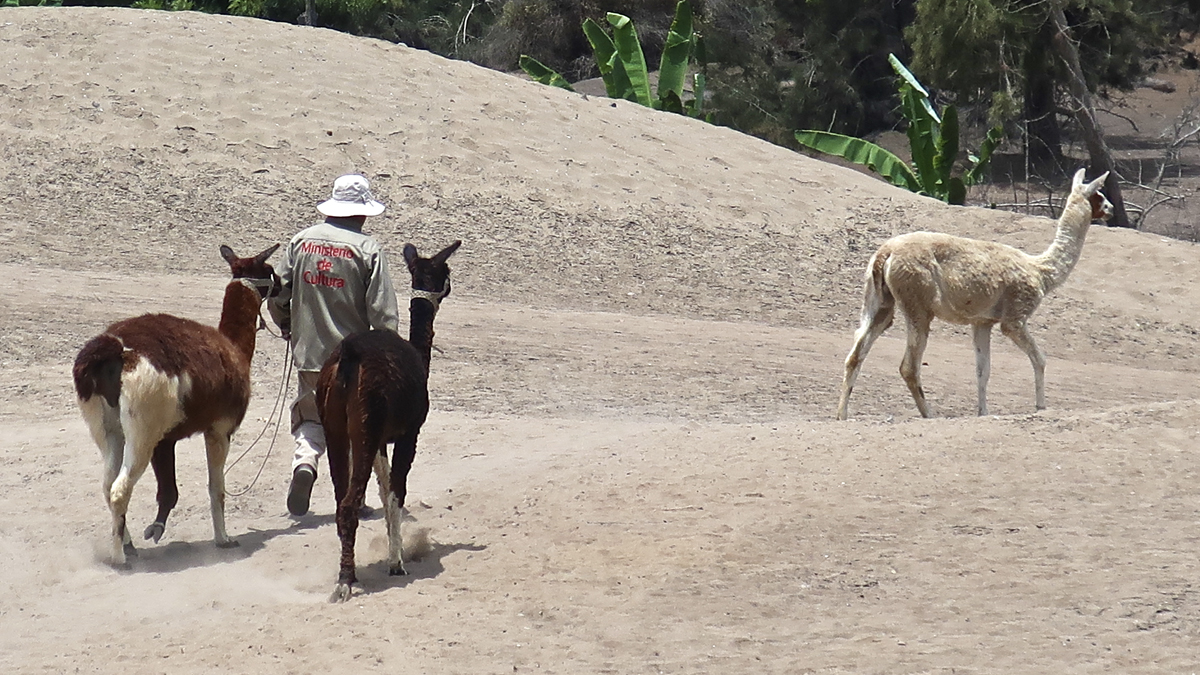
There are theories about Pachacamac being a religious center that pilgrims visited to get blessings from priests who lived in the temples. There are also stories of human sacrifices, but there’s really very little accurate information because there’s no written history. Suffice it to say that the huge, enigmatic area is now a protected national monument where teams of archeologists are trying to uncover and protect the buildings and piece together the story of a civilization that’s gone with the wind.
A life-like bust of a chief from the Chimu culture–Photo by Wallace Immen
What we are learning
Finally, there’s a stop at the national museum in Lima, that shows that the cultures of the pre-Inca Mochica and Chimu cultures who inhabited the river valleys in this part of Peru as long as 12,000 years ago were fairly sophisticated.
Displays of pottery, textiles and gold work show they had time and talents to produce some high-quality artwork. A highlight is a remarkable collection of jugs and vases found in desert tombs that were molded and painted in life-like representations of human faces.
We’ve only scratched the surface as we head back to the ship through modern day Lima, which itself is a city where hovels sit side by side with high-rises. There’s a lot more to be uncovered in our journey on Seven Seas Explorer along the west coast of South America.
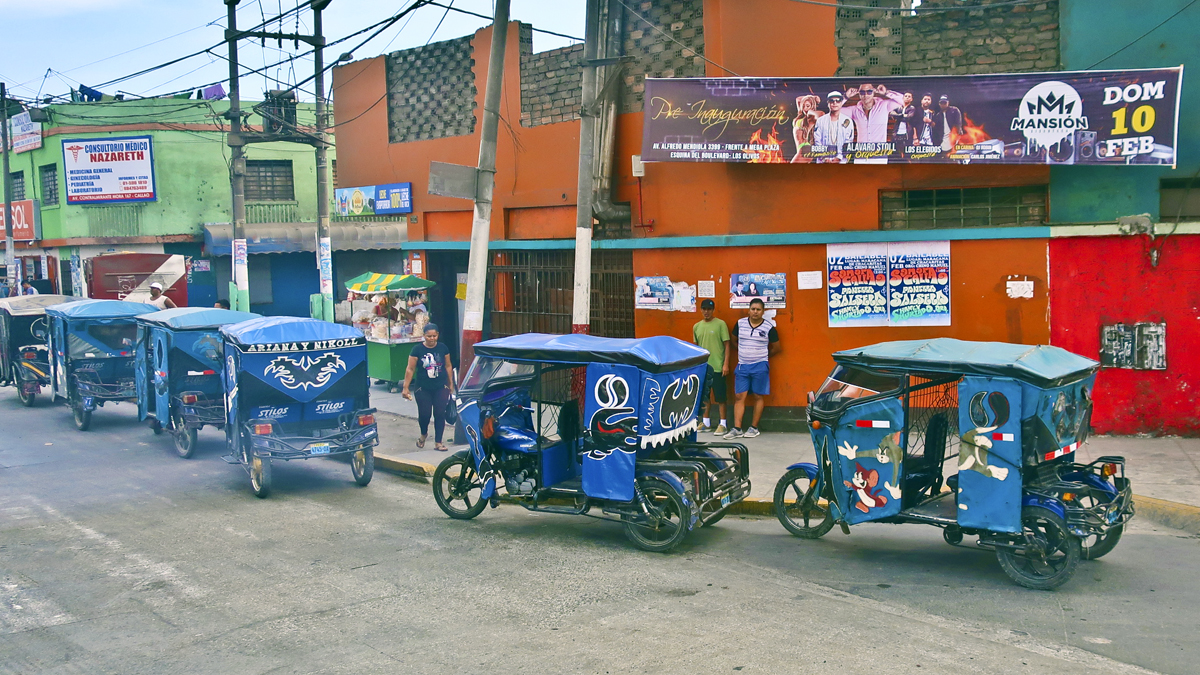
Regent’s Seven Seas Mariner will be offering this tour on stops in the port for Lima during South America cruises in November, 2019 and April and October, 2020.
As part of its all-inclusive cruises, many shore excursions on Regent Seven Seas cruises are complimentary. However, this horse show tour was among several premium special-interest selections that are offered at each port and it came at an additional price of $139 a person. The all-day trip includes admissions, the cost of the horse show and lunch at the hacienda.

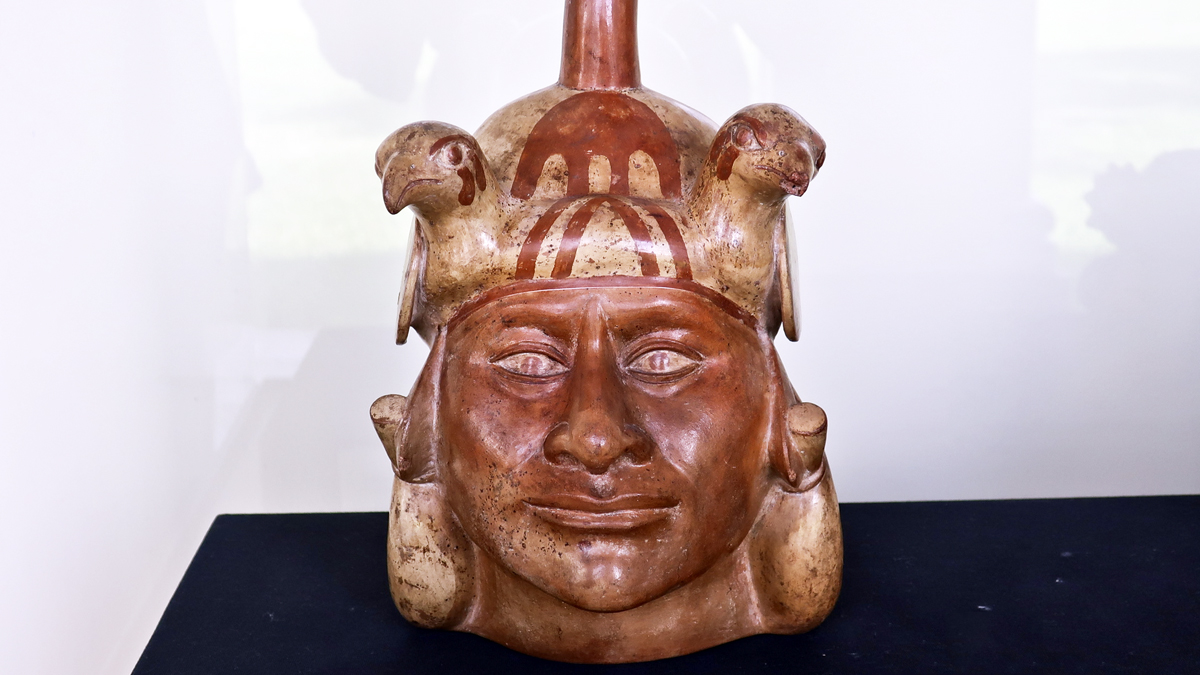
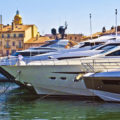

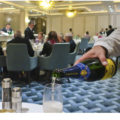
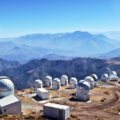
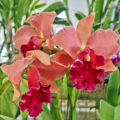
I like all your stories, Mr. Immen and thank you for sending them to us readers. Being a big equine enthusiast, I especially loved the story about the Peruvian horses.